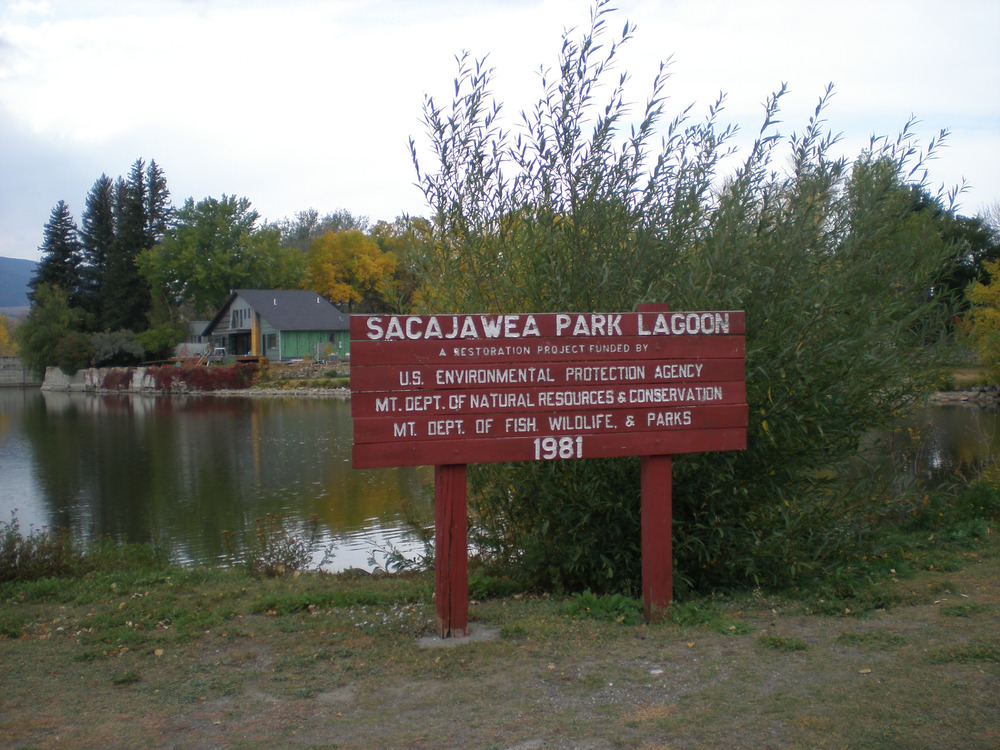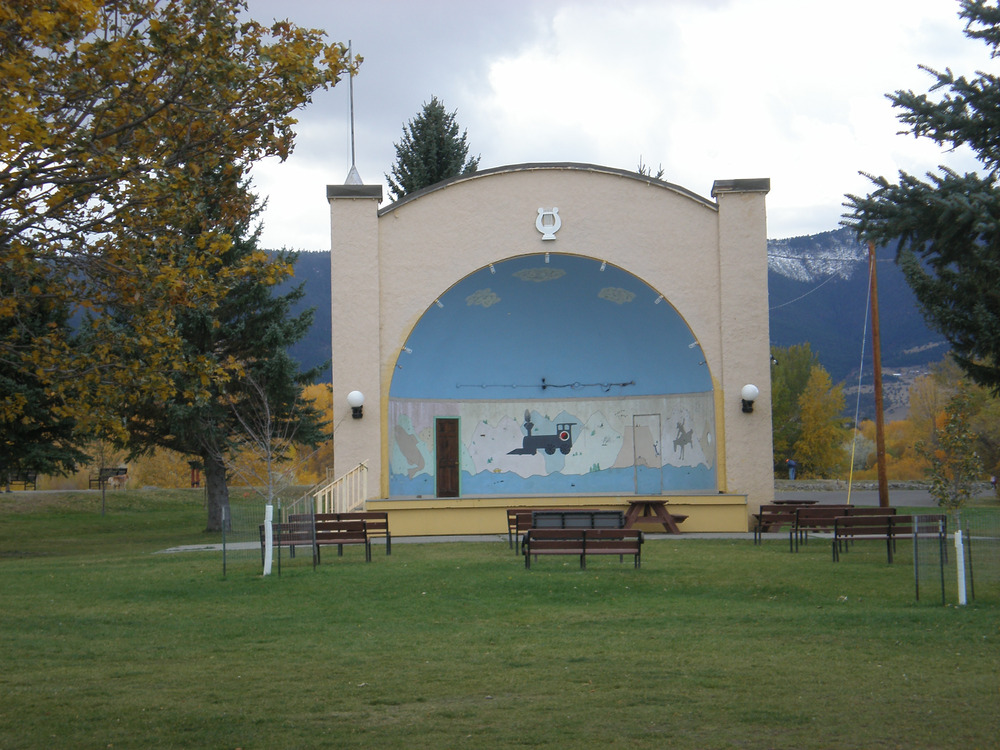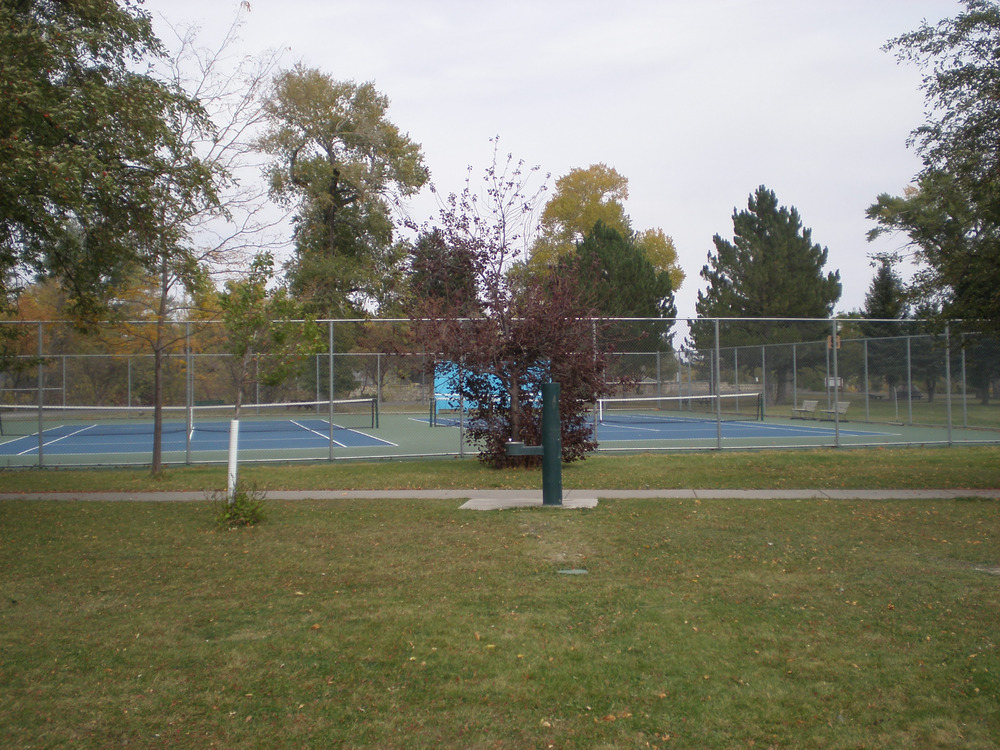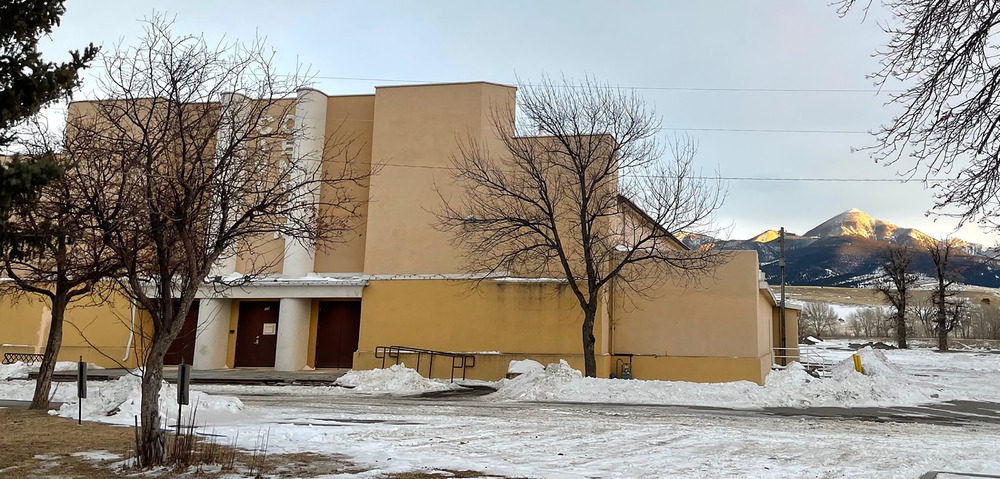Sacajawea/Miles Park Historic District
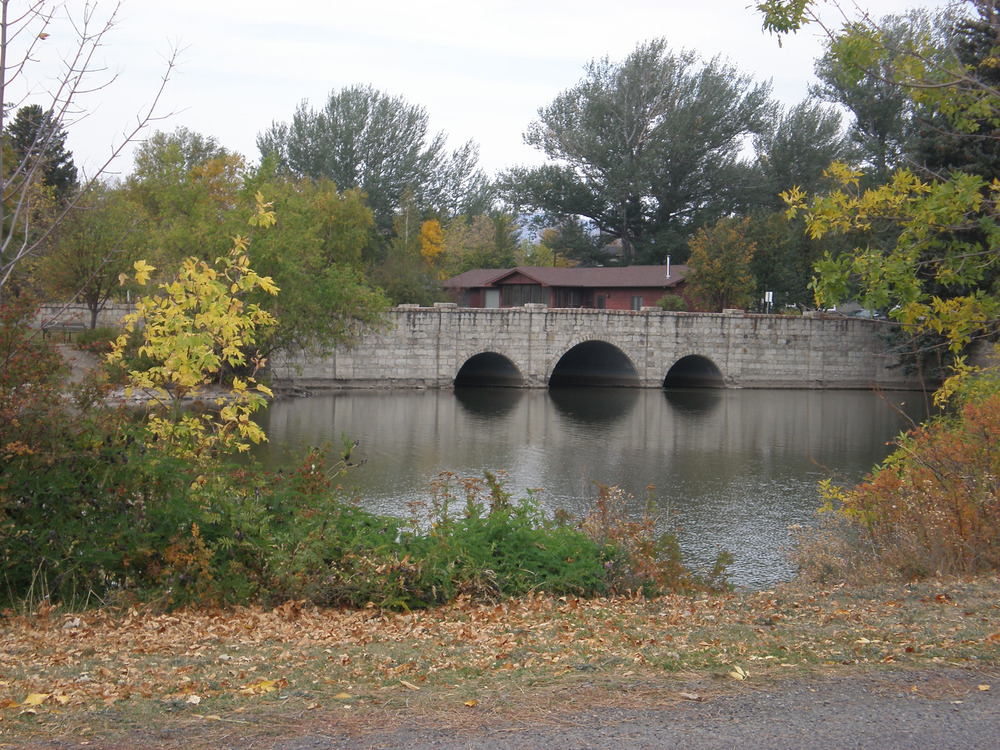
Soon after the Northern Pacific Railroad established Livingston in 1883, residents found the privately-owned McLeod and Swindlehurst islands in the Yellowstone River to be perfect for recreation and relaxation. Shade from cottonwood trees and sweeping views of the mountains provided a welcoming spot for picnics, church and fraternal events, and Fourth of July celebrations. During World War I, McLeod Island also hosted farewell dances for Livingston’s drafted men. As travel to Yellowstone National Park shifted from trains to automobiles in the late-1910s, Livingston boosters accelerated efforts to attract tourists through better municipal facilities. Between 1920 and 1924, the city acquired the two islands. They renamed McLeod Island Miles Park after wealthy merchants A. W. Miles and Holly Hefferlin purchased and donated the land for use as an automobile campground. Local women’s groups and police chief Peter Holt renamed Swindlehurst Island after Shoshone guide Sacajawea so that “history does not forget the services of the Indian woman.” Sacajawea Park hosted baseball, tennis, track and field, and ice skating. Gateway City Band director Joe Brooks built a band shell in 1931, which was later moved to Miles Park in 1954. From 1935 to 1942, the Works Progress Administration (a federal unemployment relief agency) transformed the two parks. Workers dredged the river to build three dams, a lagoon, and a land bridge that connected the two islands. The stately South Yellowstone Street Bridge, athletic fields, and the Streamlined Moderne style Armory/Civic Center still reflect Livingston’s Great Depression-era efforts to improve city parks.
Images

